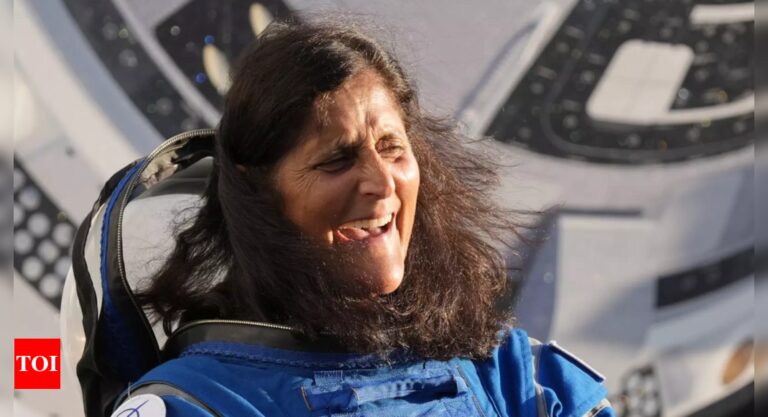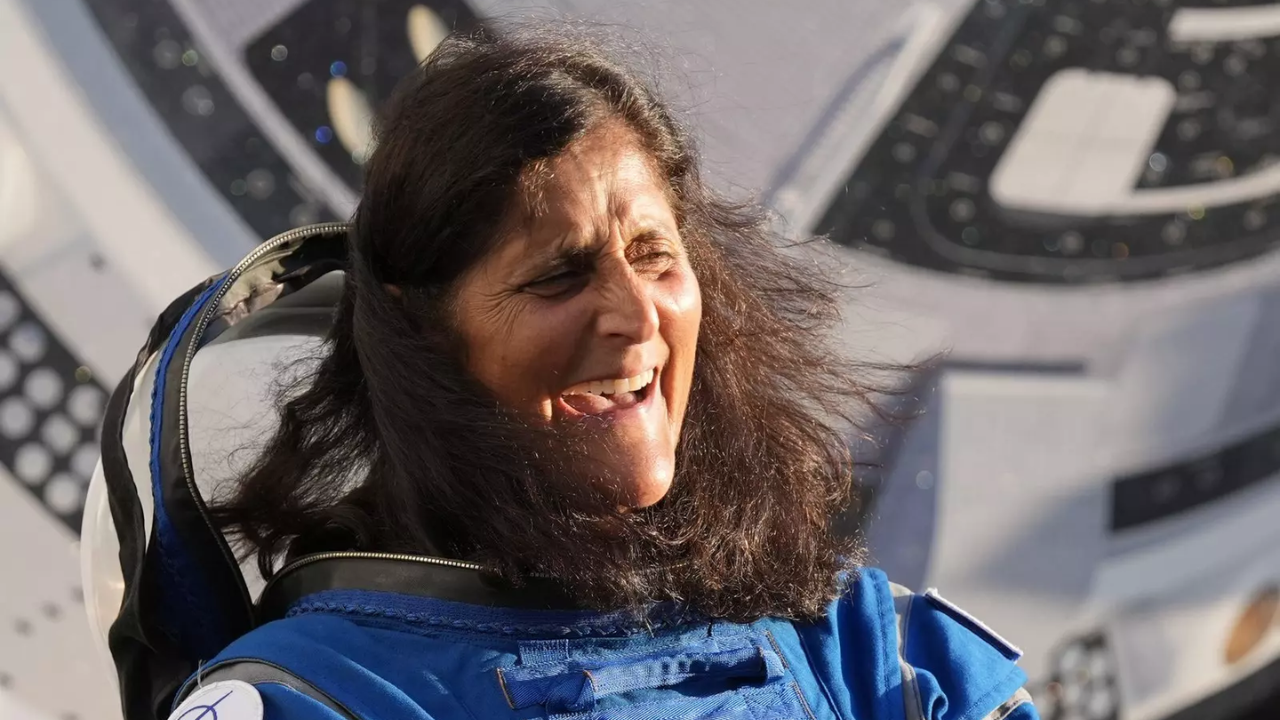
[ad_1]
Nasa astronauts Butch Wilmore and Sunita Williams, who launched aboard Boeing‘s Starliner capsule on June 5, will remain at the International Space Station for an extended period as engineers work to resolve issues with the spacecraft’s propulsion system and helium leaks that emerged during the journey.
Nasa’s commercial crew program manager, Steve Stich, emphasised that the astronauts are safe and in no rush to return, saying, “We’re not in any rush to come home.”
The official mentioned that the duo is having a pleasant stay aboard the space station.He said, “enjoying their time on the space station,” and further added, “our plan is to continue to return them on Starliner and return them home at the right time.”
The test flight, which marked Boeing’s first astronaut launch after numerous delays and setbacks, was originally planned to last about a week.
However, the mission has been prolonged multiple times to allow for thorough analysis of the thruster problems and leaks while avoiding conflicts with spacewalks by station astronauts. A recent spacewalk was postponed due to a water leak in an astronaut’s spacesuit, an issue that remains unresolved.
During Starliner’s approach to the space station, five out of 28 thrusters failed, nearly jeopardizing the docking process. Although all but one thruster was successfully restarted, the capsule experienced several helium leaks throughout the flight. Boeing has said that these issues are not expected to impact the return trip.
Nasa and Boeing have decided to conduct ground tests of the capsule’s thrusters in New Mexico to gather more information and attempt to replicate the situation that occurred during docking. These tests are expected to take a couple of weeks.
Despite the challenges, Stich emphasised that the astronauts are not stranded in space, noting that Starliner is designed for missions lasting up to 210 days.
He also assured that in the event of a space station emergency, the astronauts could return to Earth using Starliner. Following the retirement of the space shuttle fleet, Nasa has been relying on private companies like SpaceX and Boeing to transport astronauts to and from the space station, with plans to alternate between the two providers in the future.
Mark Nappi, Boeing’s commercial crew program vice president and program manager, expressed his disappointment regarding the public perception of the recent test flight. He said, “It is pretty painful to read the things that are out there.”
Despite the successful completion of the test flight, Nappi feels that the accomplishment is being portrayed in a negative light. He further added, “We’ve gotten a really good test flight that’s been accomplished so far, and it’s being viewed rather negatively.”
Wilmore and Williams have been assisting with tasks and investigations aboard the space station, in addition to their responsibilities evaluating the systems on the Boeing spacecraft. The two astronauts have prior experience working at the orbital outpost. According to Nasa, the space station is well-stocked with provisions to support the duo and the seven crew members on extended missions.
Nasa’s commercial crew program manager, Steve Stich, emphasised that the astronauts are safe and in no rush to return, saying, “We’re not in any rush to come home.”
The official mentioned that the duo is having a pleasant stay aboard the space station.He said, “enjoying their time on the space station,” and further added, “our plan is to continue to return them on Starliner and return them home at the right time.”
The test flight, which marked Boeing’s first astronaut launch after numerous delays and setbacks, was originally planned to last about a week.
However, the mission has been prolonged multiple times to allow for thorough analysis of the thruster problems and leaks while avoiding conflicts with spacewalks by station astronauts. A recent spacewalk was postponed due to a water leak in an astronaut’s spacesuit, an issue that remains unresolved.
During Starliner’s approach to the space station, five out of 28 thrusters failed, nearly jeopardizing the docking process. Although all but one thruster was successfully restarted, the capsule experienced several helium leaks throughout the flight. Boeing has said that these issues are not expected to impact the return trip.
Nasa and Boeing have decided to conduct ground tests of the capsule’s thrusters in New Mexico to gather more information and attempt to replicate the situation that occurred during docking. These tests are expected to take a couple of weeks.
Despite the challenges, Stich emphasised that the astronauts are not stranded in space, noting that Starliner is designed for missions lasting up to 210 days.
He also assured that in the event of a space station emergency, the astronauts could return to Earth using Starliner. Following the retirement of the space shuttle fleet, Nasa has been relying on private companies like SpaceX and Boeing to transport astronauts to and from the space station, with plans to alternate between the two providers in the future.
Mark Nappi, Boeing’s commercial crew program vice president and program manager, expressed his disappointment regarding the public perception of the recent test flight. He said, “It is pretty painful to read the things that are out there.”
Despite the successful completion of the test flight, Nappi feels that the accomplishment is being portrayed in a negative light. He further added, “We’ve gotten a really good test flight that’s been accomplished so far, and it’s being viewed rather negatively.”
Wilmore and Williams have been assisting with tasks and investigations aboard the space station, in addition to their responsibilities evaluating the systems on the Boeing spacecraft. The two astronauts have prior experience working at the orbital outpost. According to Nasa, the space station is well-stocked with provisions to support the duo and the seven crew members on extended missions.
[ad_2]
